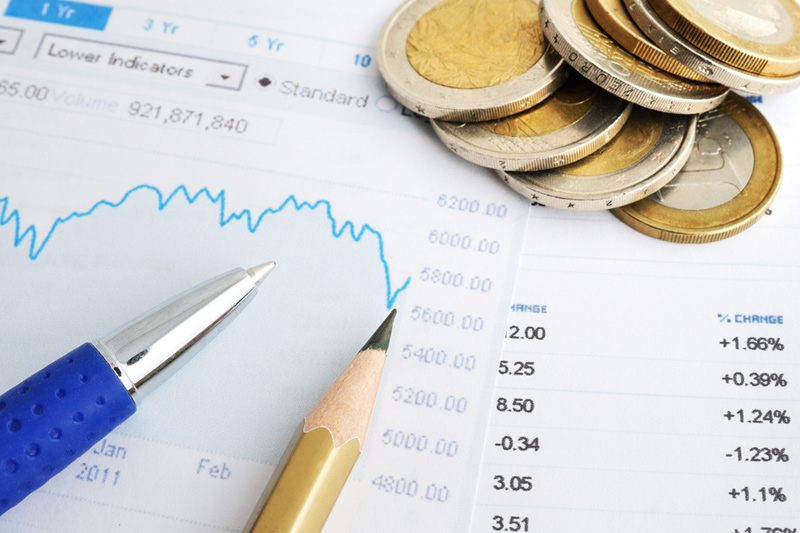Stock market today: S&P 500 falls as job cuts stoke economic fears, tech stutters
The U.S. Producer Price Index (PPI), a leading indicator of consumer price inflation, has reported a significant increase, according to recent data. The actual figure came in at 0.9%, a substantial jump from the forecasted 0.2%.
The PPI measures the change in the price of goods sold by manufacturers, making it a critical gauge of inflationary pressures. A higher than expected reading is generally interpreted as positive or bullish for the U.S. dollar (USD), while a lower than expected reading is seen as negative or bearish.
In this case, the PPI’s actual figure of 0.9% exceeded the forecasted number of 0.2% by a considerable margin. This indicates a more substantial increase in the prices of goods sold by manufacturers, suggesting a potential rise in consumer price inflation.
Comparing the actual number to the previous figure, the PPI has seen a significant rise. The previous data showed a stagnant 0.0% change, contrasting sharply with the current 0.9% increase. This notable shift indicates a considerable acceleration in the price of goods sold by manufacturers, which could potentially lead to an increase in overall inflation.
The surge in the PPI is bullish for the USD, implying a stronger currency. The higher than expected PPI reading suggests that inflationary pressures may be building within the U.S. economy. This could lead to potential policy responses from the Federal Reserve, including interest rate hikes, which tend to strengthen the currency.
In conclusion, the significant rise in the U.S. PPI, beyond both the forecasted and previous figures, suggests an increasing inflationary trend. This could potentially strengthen the USD and lead to changes in monetary policy. Investors and market participants will be closely monitoring these developments and their potential impact on the U.S. economy and currency.
This article was generated with the support of AI and reviewed by an editor. For more information see our T&C.
